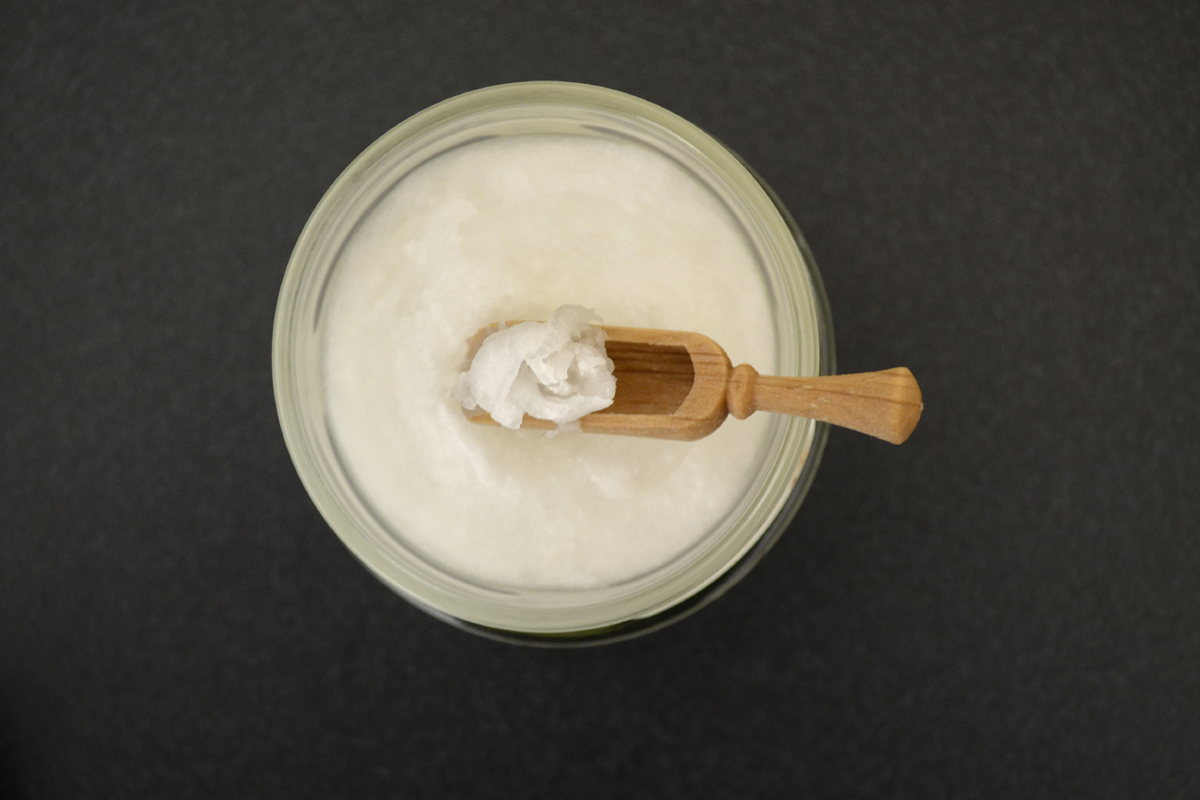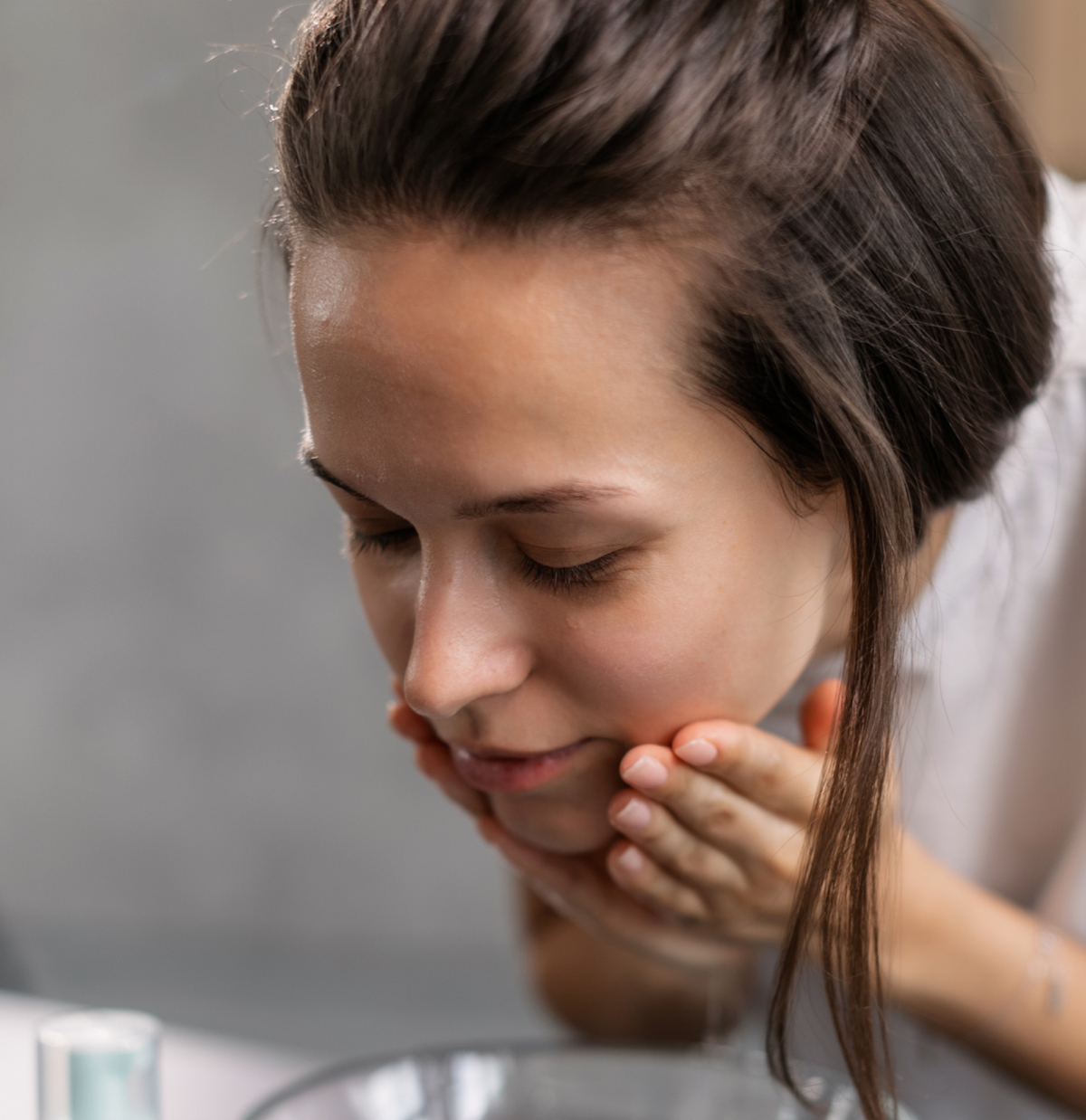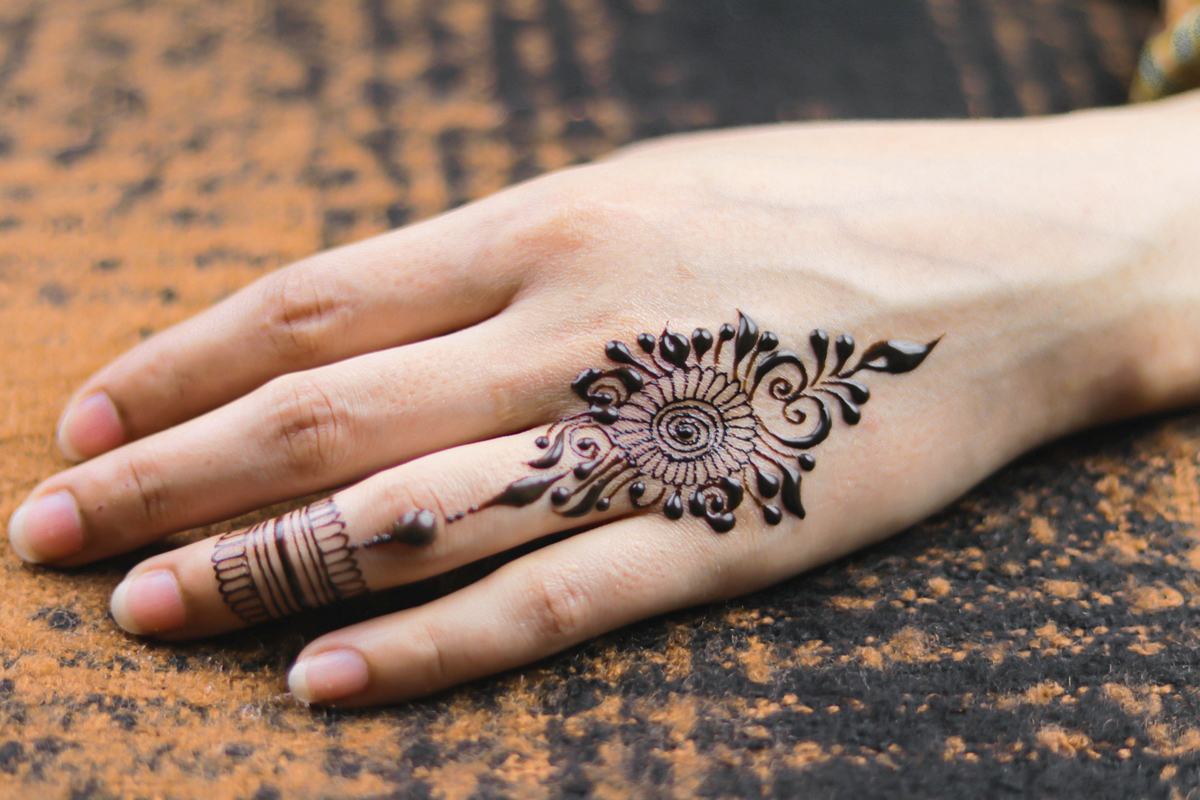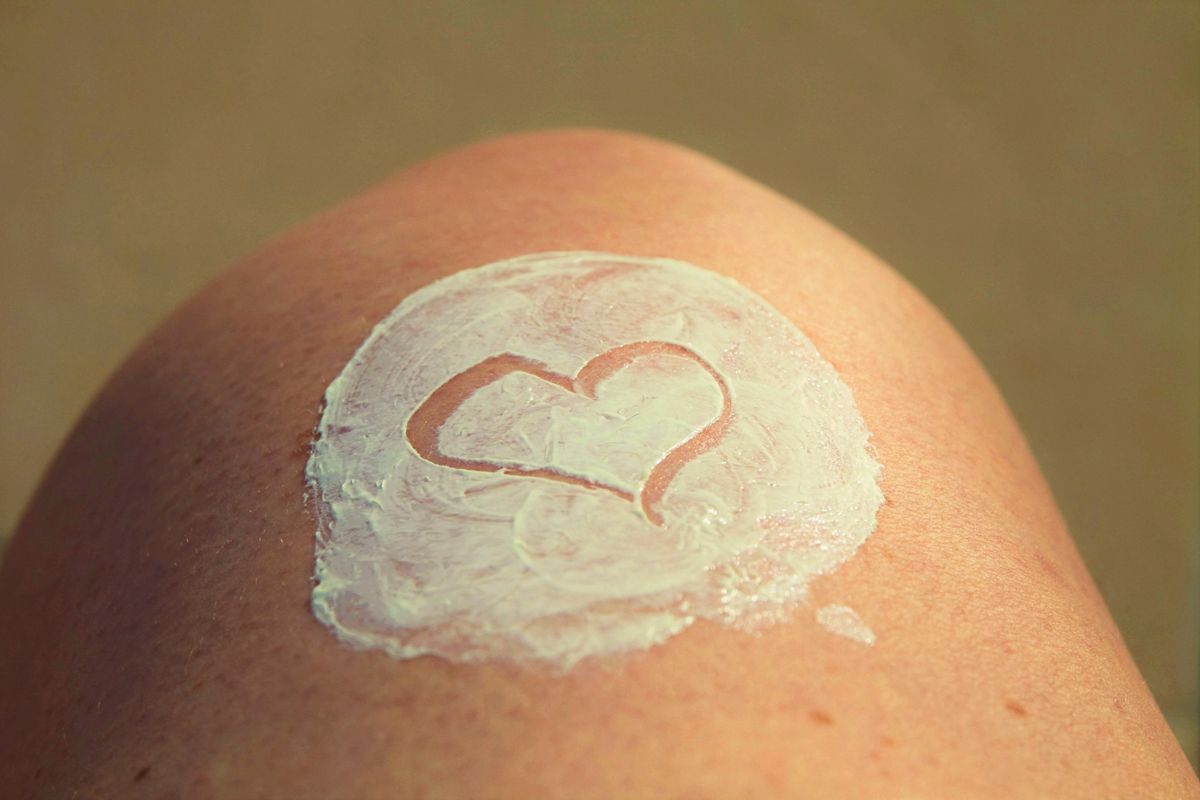Improve Your Beauty Using Aromatherapy Healing Your Skin Naturally
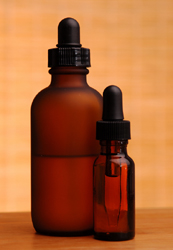
Trends in health and beauty are placing more trust in the efficacy of natural and organic ingredients. Skin care is no exception, with more women coming to realize the purity of what they put on their skin is as important as that of what they eat. The skin is the largest organ, and is generally permeable to substances placed on it.
This is particularly important in healing wounds, for the skin may be broken and more sensitive. Enter essential oils; these powerful plant derived medicines have been used for many years for treating skin conditions, enhancing beauty and promoting wellness. Oils have been found particularly useful for regenerating skin that has suffered from accidents or surgery, or has their remaining signs in the form of keloid, acne, or other scars. Certain essential oil blends can speed healing time, reduce or eliminate scars from recent wounds and even greatly diminish the appearance of old ones.
There are a few primary essential oils used in skin care which offer their regenerative properties; these oils can be used in low concentrations, and are generally well-tolerated – certainly more so than many synthetic ingredients.
The most important of these may be Helichrysum italicum, also known as Everlasting oil. This wonderful oil is distilled from the daisy-like flowers of the herb. It has a lovely earthy aroma and, despite it’s apparent expense, works in very low concentrations (only a few drops per tablespoon of your total blend). Helichrysum is strongly anti-inflammatory and contains powerful regenerative molecules unique to this oil only.
Helichrysum essential oil is the cornerstone for many blends for healing the skin, and is the only one necessary for supporting currently healing skin damage – it should be used at appropriate concentrations with Rosehip Seed and Hazelnut oils, as mentioned later in this article. As noted by well-known aromatherapists Kurt Schnaubelt, “The triple unsaturated fatty acids (of Rosehip Seed oil) strengthen the cell membranes and, combined with the regnerative qualities of Everlasting oil (Helichrysum), heal wounds with minimal or no scarring”.
Lavender essential oil the most commonly used aromatic oil due to it’s pleasant, soothing aroma and broad range of healing effects. Lavender is also included in many skin care blends as it also contains ketone molecules which stimulate tissue regeneration. The specific type of lavender oil is distilled from the flowers of the Lavendula angustifolia species. Lavender, also like helichrsum, is an anti-inflammatory, and is generally thought to bring synergy to essential oil blends. It can be included to almost any skin care blend to enhance the effects and aroma.
The essential oil distilled from common Sage leaves is also used in the healing of scars, particularly old or unsightly scars. It’s natural regenerative properties and ability to promote circulation aid in gently breaking down the tough skin resulting from wound healing. Sage oil should only be used in these instances and in small quantities, as it’s Thujone content can be toxic in high quantities. If used in a recipe for stretch marks (see below), it should only be used post-partum. Despite it’s powerful components, however, when diluted and used with respect, one can use this oil safely.
Rosemary will be the final essential oil we’ll mention here for scar treatment. For the skin, Rosemary of the Verbenone chemotype has many important properties – it contains regenerative ketone molecules, and stimulates cellular metabolism. This oil helps new skin form, bringing nutrients into the cells and supports the removing toxins and wastes.
The essential oils mentioned here must be diluted in a carrier oil for daily application. In aromatherapy, more is not better! There have been numerous studies showing the great efficacy of essential oils in low concentrations based in seed or nut carrier oils. The two most commonly used base oils for skin care are Rosehip seed and Hazelnut oils. Rosehip seed has many documented uses in skin care, with it’s triple-unsaturated fatty acids and it’s vitamin A compounds. Rosehip seed has the ability to support tissue regeneration like Retin A, but without the drying or redening side effects. Hazelnut oil is the most well tolerated of all the carrier oils, and with its mild astringent properties, can even be used in cases of very oily skin. It will tend to leave the skin feeling nourished without feeling greasy.
Now for the recipes. For effective wound healing of recent cuts and scrapes (and has been used successfully on surgical incisions), to 1 ounce Hazelnut oil and 1 ounce Rosehip seed oil add 1 milliliter of Helichrysum essential oil and 1 milliliter of Lavender essential oil – apply twice a day for 7 to 10 days. For older scars from wounds or acne, including keloid scars, replace the Lavender in the previous recipe with Sage essential oil. Apply regularly for 3 to 6 months. For the healing of stretch marks, post partum, use 1 ounce Rosehip seed and 1 ounce Hazelnut oil with 1 milliliter Sage essential oil and 2 milliliters with Rosemary Verbenone essential oil; again use for 3 to 6 months.
This is a summary of a particular aspect of using essential oils for natural health, wellness and beauty. These are effective, tried and true recipes used for their specific, wound healing applications. With some research, you will find there are wonderful recipes using essential oils for a broad range of skin care applications – they work, and they’re heavenly to use! As with all aromatherapy use, go slowly, watch for any (rare) skin reactions, and remember that less is more with essential oils – almost all have been noted to work in very low, well tolerated concentrations.
The Author:
Misty Cech, ND has a degree as a naturopath and owner of the Ananda Apothecary, offering pure aromatherapy essential oils and flower essences.

